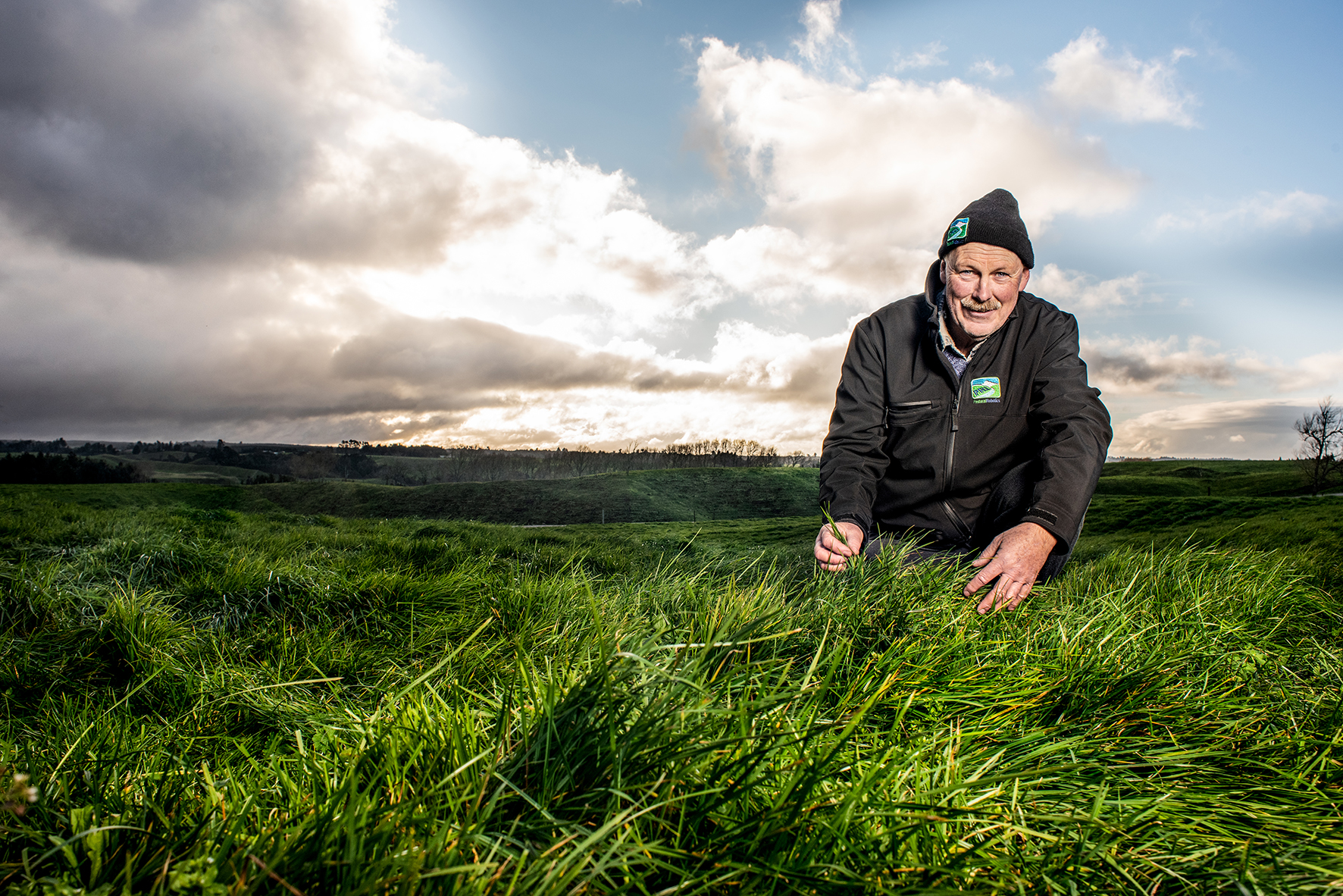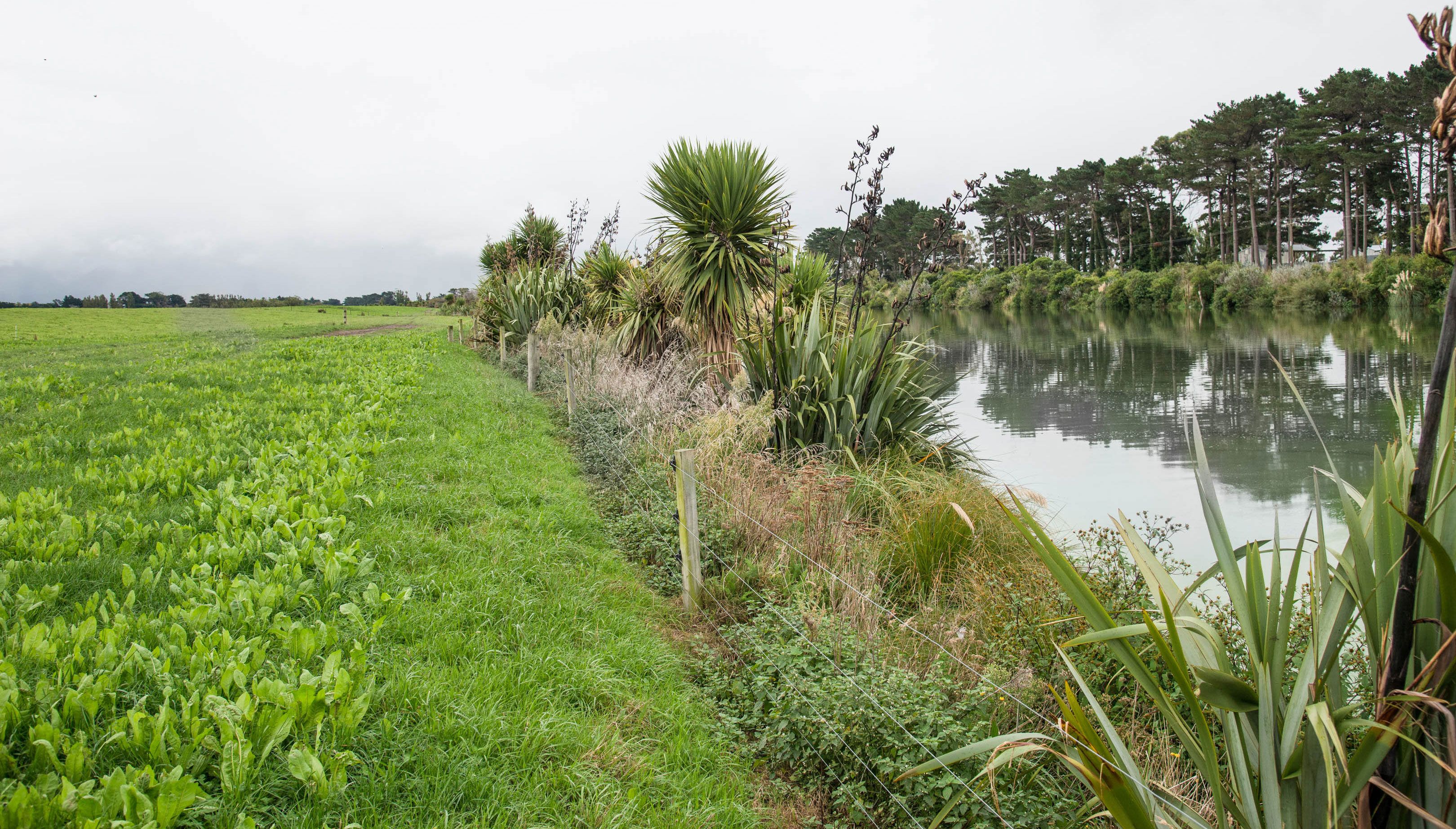Farm has traffic lights for poo
Otago farmer invents novel system to help improve environmental practices.


Otago dairy farmers Duncan and Anne-Marie Wells have traffic lights on their farm.
It’s nothing to do with congestion – at least not of the car variety. The Wells’ traffic lights are designed to deal with one of the biggest challenges facing many dairy farmers: effluent.
In the ongoing effort to improve water quality up and down the country, efficient effluent systems are needed to manage the risk of effluent reaching waterways.
The Wells’ farm needed an upgrade, so built a new 54-bail rotary with in-shed feeding, Protrack drafting and an early mastitis detection system. That meant a new effluent system was required, so first an impact pond went in which could hold four milkings’ worth of effluent.
Then a one million litre pond was added, giving them plenty of storage capacity and increased flexibility. A travelling irrigator is used to spread the effluent to around 45ha of their 210ha property where they are equity owners/managers.
Duncan, a former electrician, then came up with the traffic lights idea. It lets them know simply and easily the level of effluent in the pond. Sensors installed in the pond’s wall switch on a green light for a low level, amber to indicate something needs to be done and red a problem that must be dealt with before the next milking.
“The goal is to have it on green all the time,” Anne-Marie says. “Duncan enjoys little projects like that.”
He also built a temperature monitoring system for milk and water cooling in the milking shed and has plans to extend this technology to stock water usage and silo levels.
His family ran a dairy and cropping farm in Northland but he came south in 1999 working for wages for a sharemilker. On a high altitude trek while travelling overseas he met Anne-Marie who worked as a software engineer, business analyst and process manager in Bath in the United Kingdom.
“Love blossomed at 6000 metres and I came to NZ,” she says. “Then he gave me the passwords to all his bookwork.”
They married in 2007 and took up a 50:50 sharemilking position near Outram, just 10km away. But it wasn’t long before they started looking at opportunities to own land as well as stock together, with the security of not needing to move properties frequently. They now have three children; Aidan, 10, Liam, 8 and Hannah, 7.

“We looked at a lot of opportunities but none ticked as many boxes as this one,” Duncan said.
With their equity partners, who had very similar mindsets, they set up a reliable, low impact and future-proofed farm system, making a conscious decision not to feed palm kernel. They regularly grow around 10ha of fodder beet as a winter crop and 6-8ha of summer turnips.
“We’re trying to be more selective about where we grow them, using the drier country for winter crops and wetter land in summer,” Duncan said. “It’s worked well.”
They changed the farm system when they arrived, grazing young stock off rather than being self-contained. They employ two staff to milk their 620-cow herd on a longer roster along with a man who works 40 hours Monday to Friday, a weekend relief milker and a calf rearer.
Fertiliser is only applied to paddocks identified by soil testing as requiring a boost. They’re strategic about nitrogen application – with a little-and-often approach applied behind the cows. For the past four years leaching levels have been kept between 10 and 15 units of N/ha.
While there are no designated waterways on the farm they have carried out a lot of planting of natives to improve the aesthetics as well as to keep stock away from drainage networks. The local school has done its bit, with pupils talking about what species would be suitable to plant and then getting stuck in to the hands-on work.
“We make a big effort to get the public involved so we’ve had groups of cubs out here as well,” Anne-Marie says.
Nor does it stop there. They’ve recently completed a farm environment plan with Fonterra which delivered no surprises.






